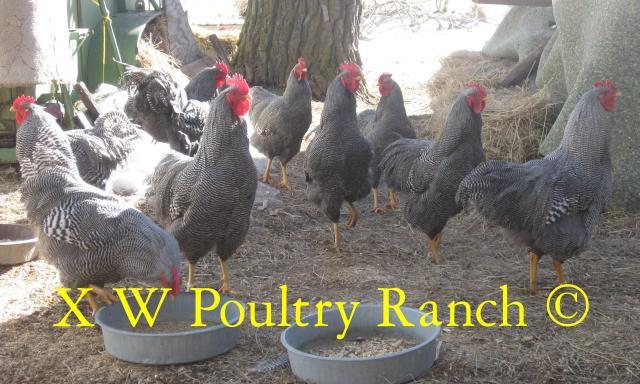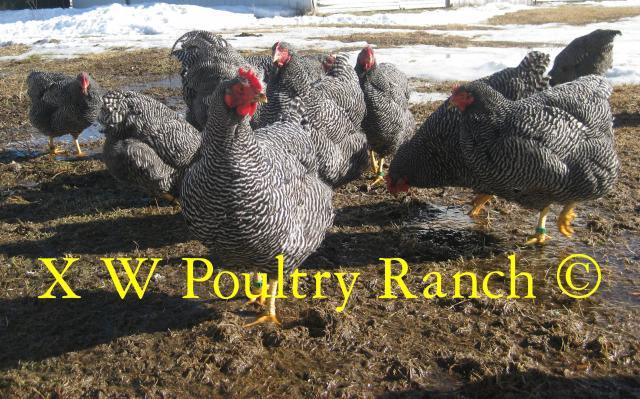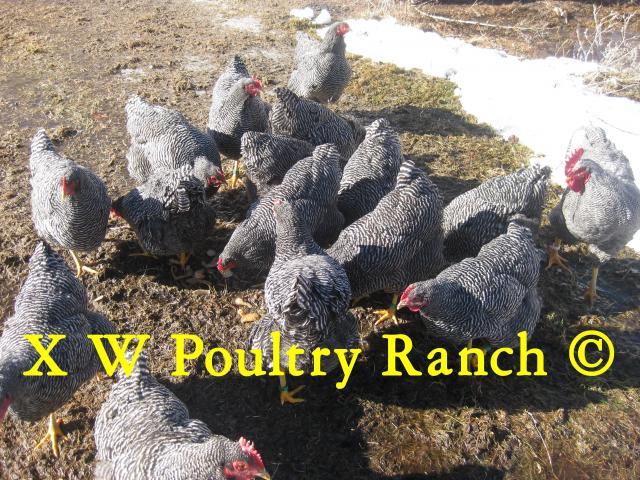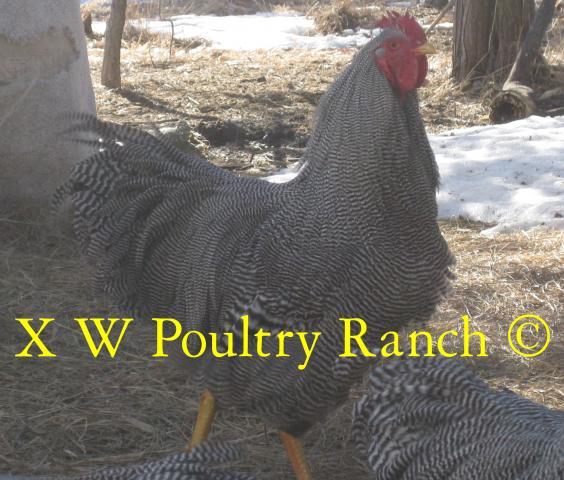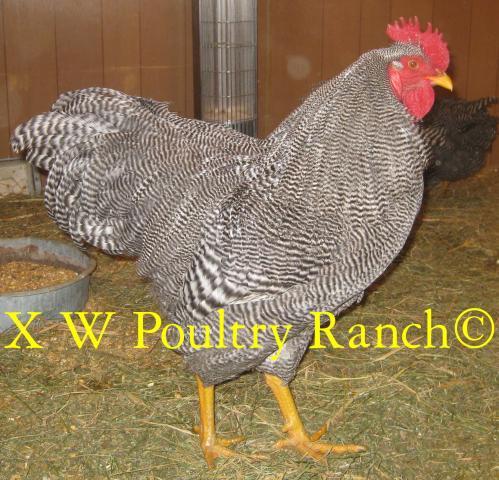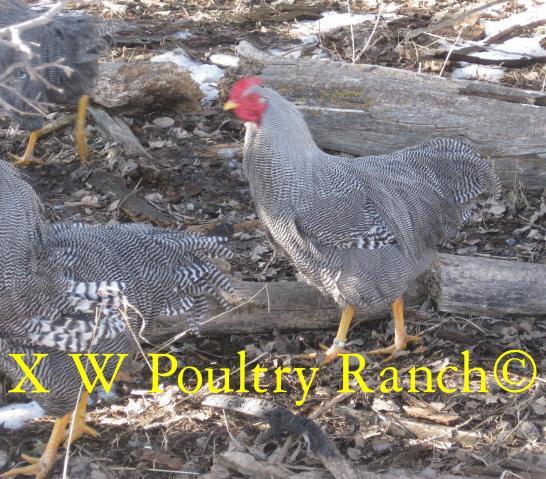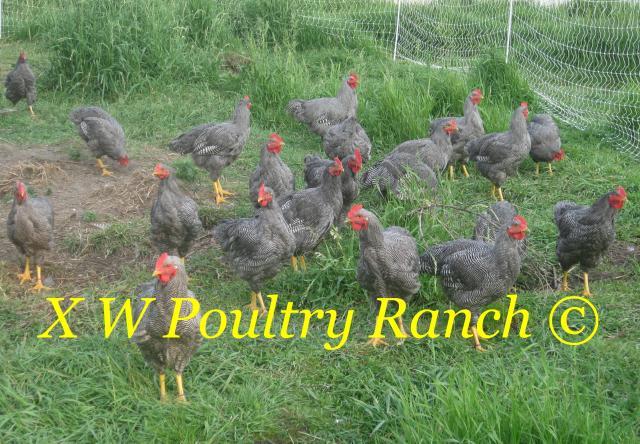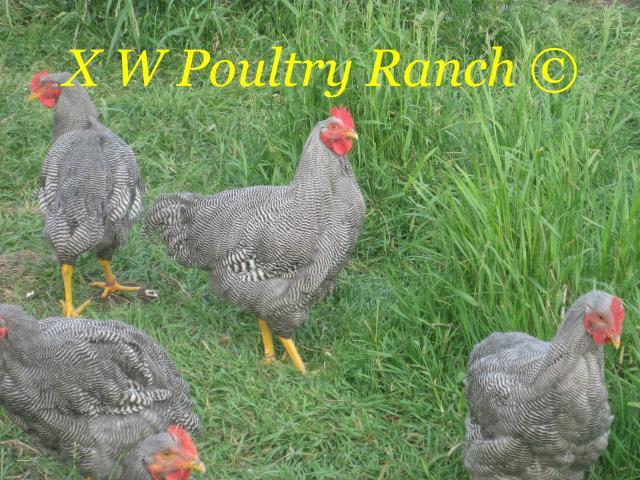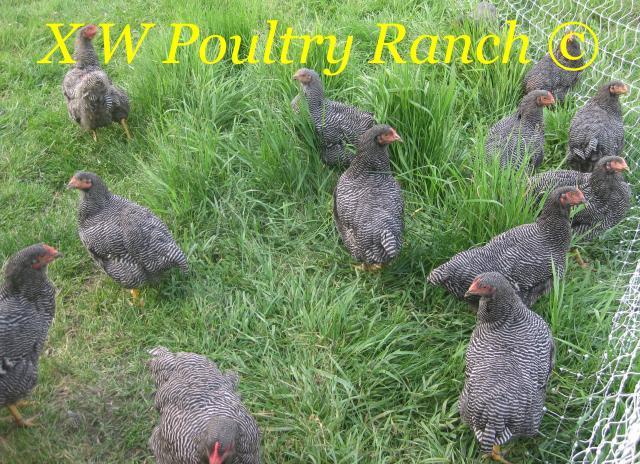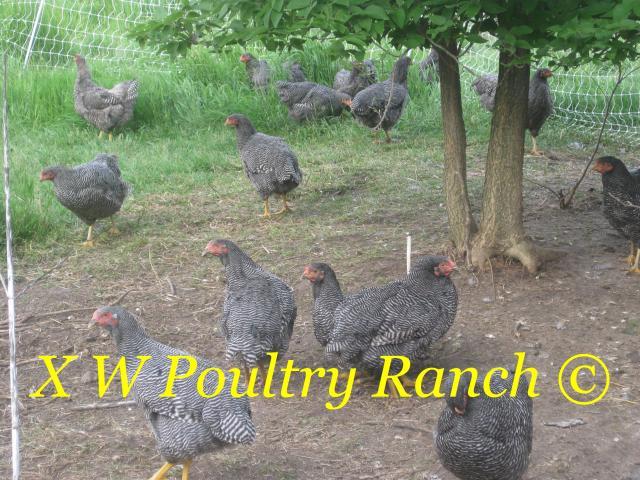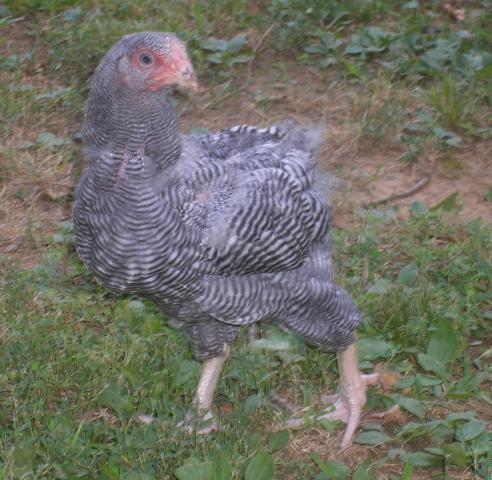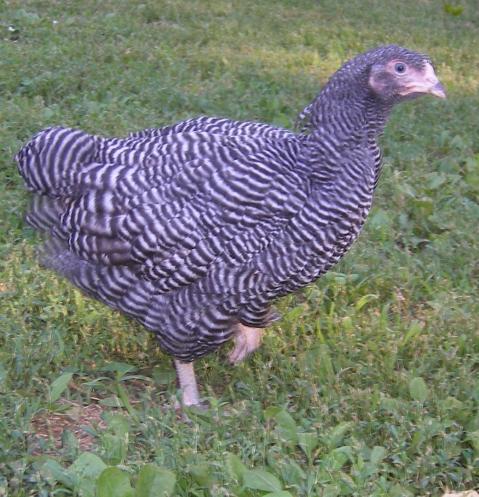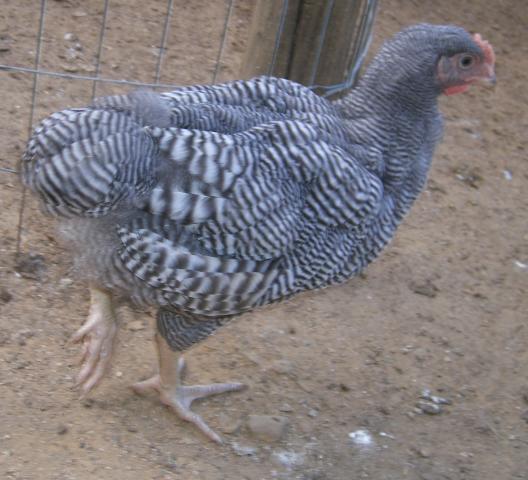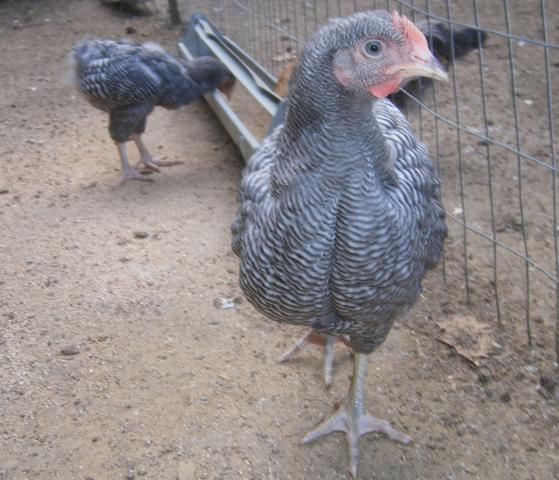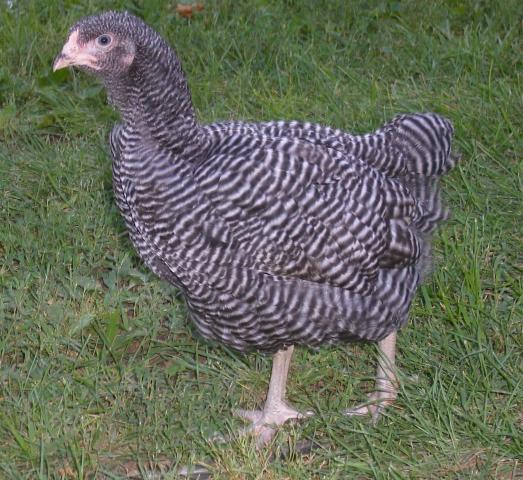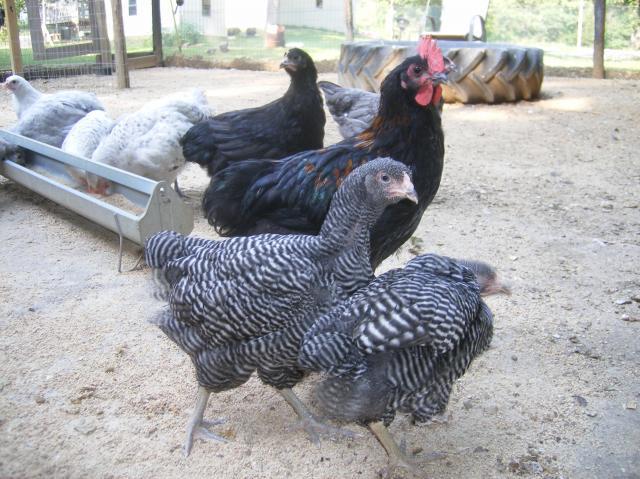- Jan 13, 2011
- 65
- 1
- 30
Quote:
Joel Gilman advertises in the Poultry Press. He has several breeds and varieties as Tommy Stanley did before he passed away several years ago. Joel still has some quality birds. I have not seen his Partridge but his number is listed as 804-798-6514. You may also try S. Robert Powell. I know he used to advertise them a long time ago. He may still have some or know where to find quality birds. He is listed in the judges section of the Poultry Press. His number again is 570-282-5197.
Good luck,
Jonathan Patterson
Joel Gilman advertises in the Poultry Press. He has several breeds and varieties as Tommy Stanley did before he passed away several years ago. Joel still has some quality birds. I have not seen his Partridge but his number is listed as 804-798-6514. You may also try S. Robert Powell. I know he used to advertise them a long time ago. He may still have some or know where to find quality birds. He is listed in the judges section of the Poultry Press. His number again is 570-282-5197.
Good luck,
Jonathan Patterson



